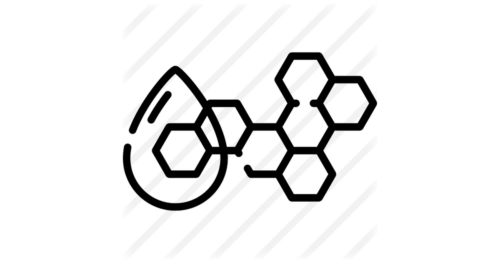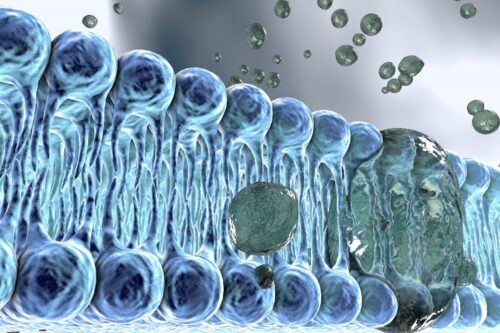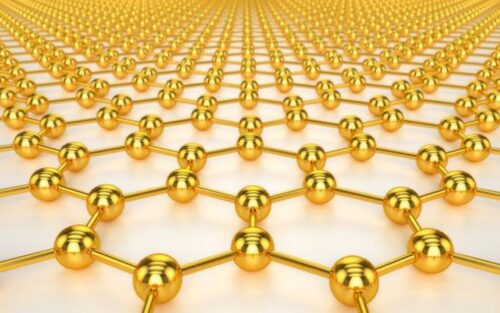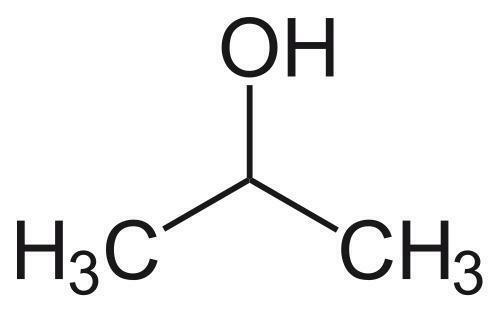Polyhydroxylated fullerenes (fullerenols: C(60)(OH)(n)) are known as the major water-soluble fullerene derivatives which possess particular significance as free radical scavengers or antioxidants in biological systems. Recently, the novel polyhydroxylated fullerene (C(60) (OH)(44)·8H(2)O: SHH-F) was successfully synthesized. In the present study, we investigated the radical-scavenging effects and cytoprotective effects of three types of fullerenols (C(60)(OH)(6-12): LH-F, C(60) (OH)(32-34)·7H(2)O: HH-F, and C(60) (OH)(44)·8H(2)O: SHH-F) on UV-irradiation-induced cell injuries. HH-F and SHH-F exerted hydroxyl-radical scavenging activities as shown by DMPO-spin trap/ESR method, more markedly than LH-F. UVA or UVB irradiation-induced injuries in human skin keratinocytes HaCaT were significantly suppressed by HH-F and SHH-F, but scarcely by LF-H. The cytoprotective effects of SHH-F had a tendency to be superior to that of HH-F. And the cytoprotective effects of SHH-F against UVB-induced injuries were more effective than those of UVA. Irradiation with UVB to HaCaT cells was shown to cause rapid increases in cell-injury-associated symptoms such as intracellular oxidative stress levels, the formation of cyclobutane pyrimidine dimers and chromatin condensation, all of which were repressed by SHH-F. Thus, UVB-induced diverse harmful effects could be prevented by SHH-F, which was suggested to exert the cytoprotective effects through intracellular reactive oxygen species-scavenging in the keratinocytes.
Related researches 71 articles





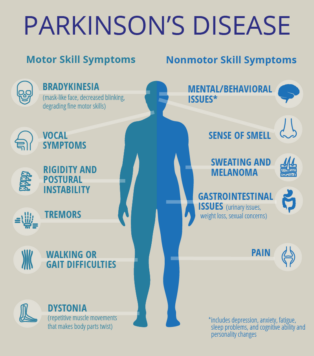
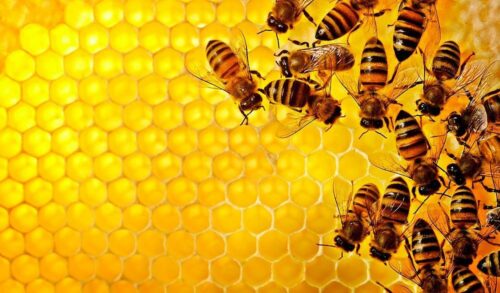




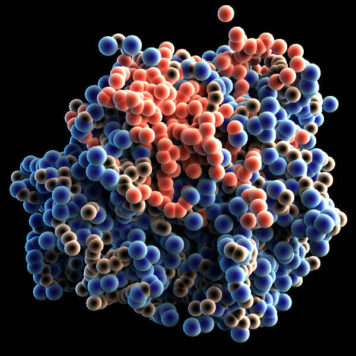



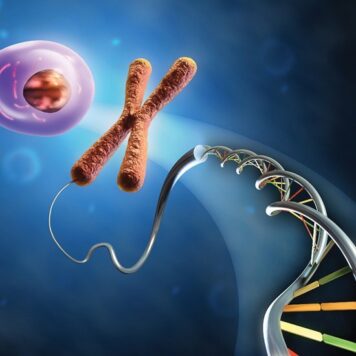



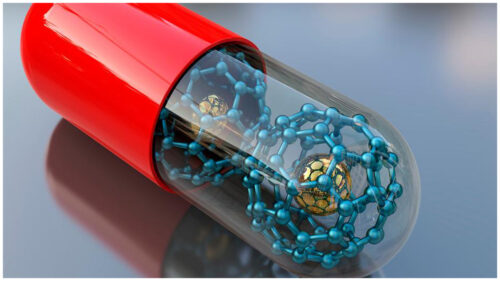




![Inhalable gadofullerenol/[70] fullerenol as high-efficiency ROS scavengers for pulmonary fibrosis therapy](https://biofullerene.com/wp-content/uploads/2022/12/istockphoto-12925559-440x356.jpg)
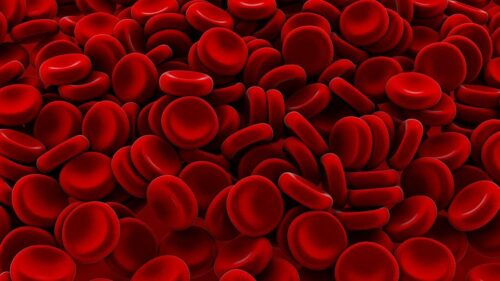


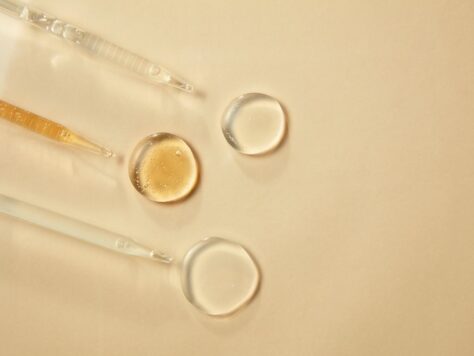




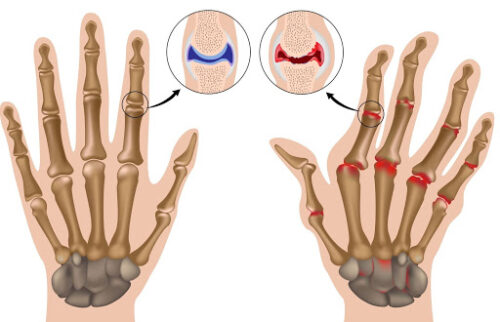
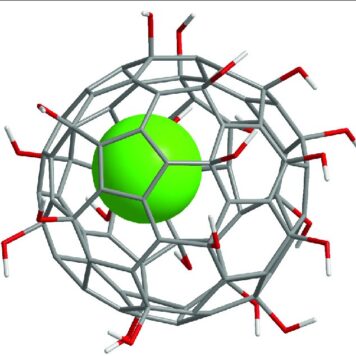

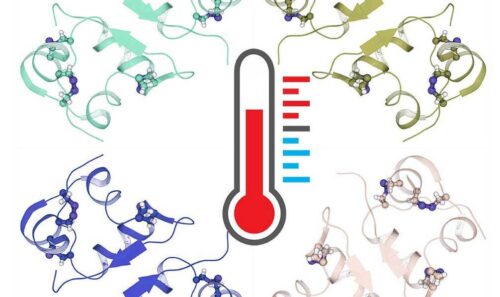

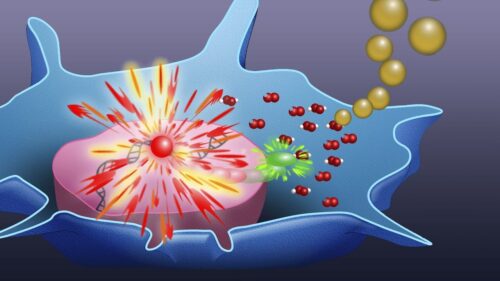
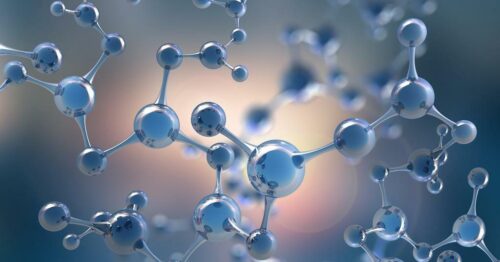





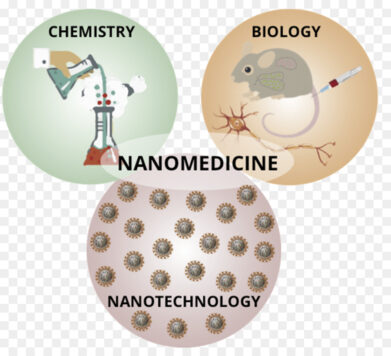



![Palladium-Catalyzed Reaction of [60]Fullerene with Aroyl Compounds via Enolate-Mediated sp 2 C-H Bond Activation and Hydroxylation](https://biofullerene.com/wp-content/uploads/2022/12/2978543-356x356.png)
